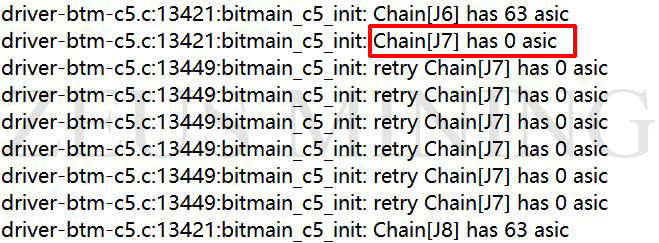ASIC Miner ICERIVER KAS KS0 Profitability In the realm of cryptocurrency mining, the Iceriver KAS KS0 miner has garnered widespread attention. Tailored specifically for the Kaspa network's KHeavyHash algorithm, it boasts high hashing power and low power consumption, making it an ideal choice for many miners. In this article, we will comprehensively assess IceRiver KS0 profitability while considering the Kaspa market conditions and the attributes of KS0 miner. Kaspa Market Dynamics Kaspa is a vibrant cryptocurrency network aimed at delivering high performance and scalability for everyday transactions. At the time of writing this article, the Kaspa coin trades at approximately $0.04959. But it's essential to note that cryptocurrency markets are highly susceptible to price volatility. Hence, investors must remain vigilant about market dynamics. Additionally, the Kaspa network's mining difficulty and reward mechanisms play a role in mining returns. Attributes of the IceRiver KS...
How to solve the find 0 ASIC fault on the Antminer S9j?
The following kernel log faults are from the backstage of the Antminer S9J. Other Antminer models are for reference only.
Solution:
1. First of all, by exchanging the data cable of the hash board to eliminate the data cable problem and the Antminer S9J control board.
Operation method: Swap the data cable of the Antminer S9j hash board showing "has 0 asic" with the other two normal data cables of the hash board (only the side of the hash board is exchanged).
2. Use the fluke 17B+ multimeter to check whether the total voltage domain of a single hash board is normal. If it is abnormal, check whether the PIC, MOS tube, and boost circuit voltage are abnormal.
3. Check whether the RI signal voltage is normal (the transmission direction of the RI signal is from the last chip to the first chip). Directly find the RI signal of a group of chips on the edge of the domain in the middle domain for detection. If the voltage is abnormal, check backward; if the voltage is normal, check forward.
RI signal test method: The fluke 17B+ multimeter is adjusted to the DC gear, and the red and black test pens are placed on the heat sink and RI of the same domain respectively. Whether the measured voltage is abnormal can be compared with the resistance of other chips in the same domain.
4. If the kernel log and test fixture detection both show "ASIC=0 or NO hash board", mainly check whether the voltage of the chip's RI signal and the ground value are abnormal. Most of the abnormal voltages are caused by chip pseudo soldering. Try to solder it twice first, and then check whether the problem is solved; if not solved, replace the faulty BM1387 chip directly.



Comments
Post a Comment
Tell us your opinion